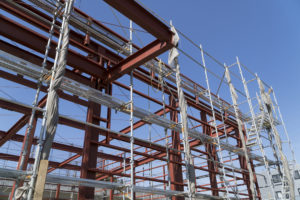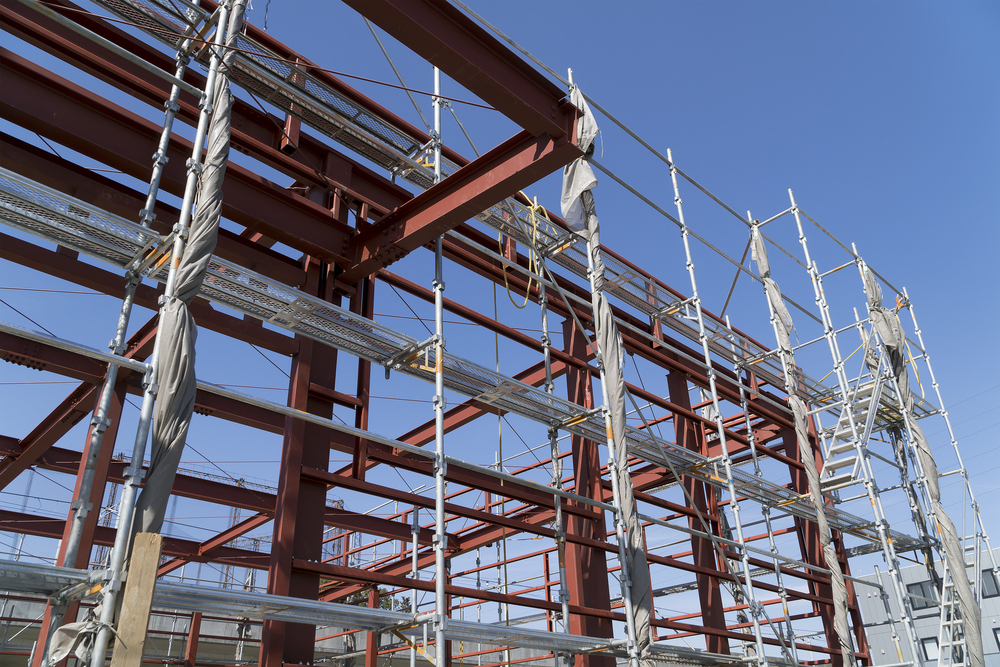
First thing’s first: We don’t love the term “pre-lien notice” at Levelset. It sounds like there’s an assumption that a lien will be necessary, or at least that the only reason the notice is sent is to preserve lien rights.
Importantly, these notices also provide clarity to the project’s payment chain and open lines of communication between higher-tiered and lower tiered-parties. When everyone can understand where payments need to go and who they need to talk to when disputes start popping up, the need for a mechanics lien goes by the wayside.
With that in mind, let’s look at the requirements for Minnesota preliminary notice.
Minnesota Preliminary Notice Requirements
Let’s start with the basics.
For Contractors
When prime contractors are required to provide notice, the notice provides the owner with a heads up. It lets them know that, if someone goes unpaid, a mechanics lien could be filed. So, at least for contractors, calling it a “Minnesota pre-lien notice” might actually be appropriate.
In Minnesota, contractors who enter contracts directly with property owners must actually include “notice” in their contract via a required statement. The following statement must appear in at least 10-point bold type if printed, or in capital letters, if typewritten:
“(a) Any person or company supplying labor or materials for this improvement to your property may file a lien against your property if that person or company is not paid for the contributions.
(b) Under Minnesota law, you have the right to pay persons who supplied labor or materials for this improvement directly and deduct this amount from our contract price, or withhold the amounts due them from us until 120 days after completion of the improvement unless we give you a lien waiver signed by persons who supplied any labor or material for the improvement and who gave you timely notice.”
Don’t freak out if that isn’t in your contract! Contractors can also provide this notice separately within 10 days of the contract.
For Subcontractors
Preliminary notice for subs, suppliers, and other down-the-chain parties is a little more traditional. The notice must be served (either personally or by certified mail) within 45 days of the first furnishing of labor or materials. This notice is a little more involved so I won’t copy and paste it here. But you can download a Minnesota Preliminary Notice form here.
The Exceptions
When in doubt, the best practice is usually to send notice. There are numerous benefits to sending notice, even if notice isn’t necessary to preserve the right to lien.
That being said, Minnesota exempts quite a few projects from the notice requirements discussed above. At Levelset, we do our best to make things simple – but the Minnesota legislature has made that hard.
Same Ownership
Preliminary notice is not required “where the contractor is managed or controlled by substantially the same persons who manage or control the owner of the improved real estate.” Basically, if your company doesn’t have a relationship with the property owner (i.e. The owner has no stake in the construction business, and the construction business has no stake in the property), then this exception probably won’t apply. To be sure, take a look at § 514.011 Subs. 4b. for yourself.
Multiple Dwelling
A Minnesota preliminary notice is not required “in connection with an improvement to real property consisting of or providing more than four family units when the improvement is wholly residential in character.” So, if you’re working on a multi-unit residential property and more than 4 units are in play, no preliminary notice is required.
Commercial (Non-Agricultural, Non-Residential) Real Estate
This is the big one, and it can get really confusing, really quickly.
First: the exception only applies if the property is (1) not agricultural, or (2) is not completely residential. So if you’re working on agricultural property or property that is wholly residential, this exception does not apply to you.
If the property is wholly commercial (and not agricultural) and one of the following situations applies, the job is exempt from notice requirements:
(a) the job is to provide or add more than 5,000 total usable square feet of floor space; or
(b) the job is an improvement to existing real property where that existing property contains more than 5,000 total usable square feet of floor space; or
(c) the job is an improvement to real property containing more than 5,000 square feet and doesn’t involve the construction of a new building, an addition to, or the improvement of an existing building.
In The End
If your job fits into one of the exceptions above, sending that notice might not be mandatory. Plus, sending notice is still a good idea. They’re a catalyst for good communication and help promote a healthy environment for a project to thrive. And strong communication is the first step towards fast payment.




